As requested by a lot of non french speaking, I’ve decided to translate my XF 16-80 F4 review. I spent a week with a production copy of the new XF16-80. I’m lucky to own almost every Fuji lens and I like to see how each lens compare to each other.
This review is 100% independant, Fuji didn’t give me this lens, I bought it from local store and I feel free to tell when it’s not that good.
Well, let’s start !
If you’re looking for a travel lens, the Fujifilm XF 16-80 f4 should interest you! Equivalent of a 24-122 mm, with a 1:4 macro and amazing stabilization, will this lens keep its promises? Here is my opinion on this versatile zoom.
Fujifilm XF 16-80 f4 review video (In french)
Fujifilm XF 16-80 f4 : Overview
A lightweight lens and quite compact
When you grap this lens for the first time, you may find it a little big. We’re used with compact lens with Fujifilm and while it’s compact for such a large focal range, you may find it too big to match a X-T30 for example.
To get a better sense of its size, here is a comparison with other lenses :
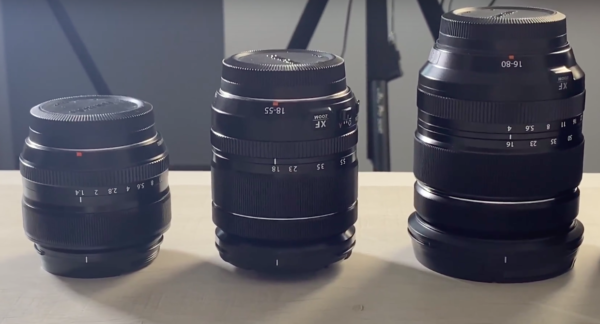
You can see it, it way bigger than a compact lens such as XF 35 1.4, bigger than kit lens XF 18-55. But it’s smaller than XF 18-135 and way smaller than pro lens XF 16-55.
Note that XF 16-80 expand a lot at the long range
Nevertheless, Fujifilm has really managed to optimize its weight. With its 480 grams, the Fujifilm XF 16-80 mm is very light and you will not feel to hold much in your hands!
Well built – High quality
As with all Fujifilm lenses, you will find a good construction, with solid metal rings.
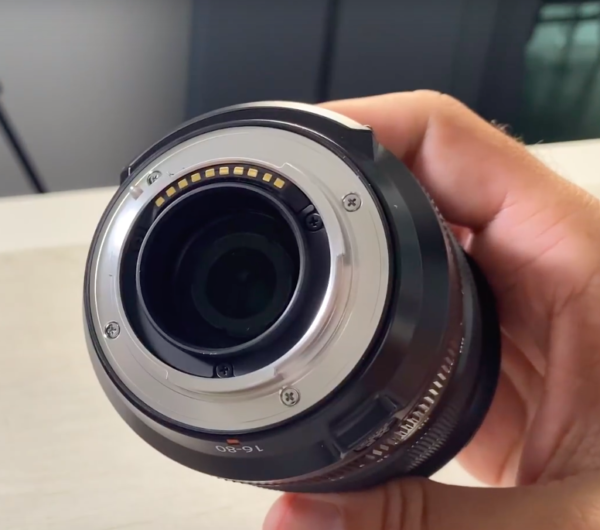
The aperture ring is graduated from f / 4 to f / 22, with an (A) automatic position if you want to use the semi-automatic modes. As for the focus ring, it is very flexible, with a nice design.
One of the big news on this Fuji XF 16-80 mm is the lack of buttons. Unlike other Fujifilm lenses, you will not find the button that turns on or off the stabilization.
Fujifilm is trying to start a new technology that will allow you to stop worrying about stabilization. Now, this is the lens that will detect the movements and decide to activate or not the stabilization.
For accessories, the XF 16-80 mm f4 is compatible with filters with a standard size of 72 mm. It is also supplied with a lens hood, which is also relatively compact.
Weather proof lens
If you are wondering about the full name of this focal length (Fujifilm XF 16-80mm f4 OIS R WR), here are some explanations:
- Super EBC: The lens is treated against chromatic aberration, flare, ghosting
- R: It has aperture ring;
- OIS: the lens is stabilized;
- WR: Weather Resistance
The Fujifilm XF 16-80 mm is a lens that you can take under a fine rain, without any fear. It also has a rubber seal, which seals your device.
You will be able to associate it with any Fuji camera. I find it well balanced with X-T2/X-T3 and X-H1 but a bit imbalance with X-T20/X-T30
Fujifilm XF 16-80 mm f4 : Optical performance
Extended focal range
Fujifilm has made a promise: the XF 16-80mm is the only lens you need when traveling. To adapt to all situations, it has a large focal range: it starts at 24 mm for a landscape position, and goes up to 122 mm in full-size equivalent.
With a focal length of 122 mm, you have a mini telephoto lens. Between these two focal points, you can do everything you want: street photo, architecture, portrait, landscape, and even animals !
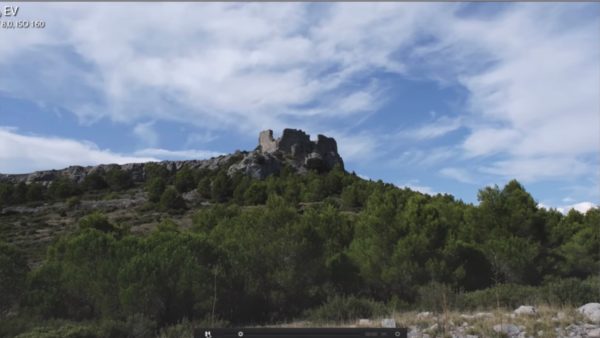
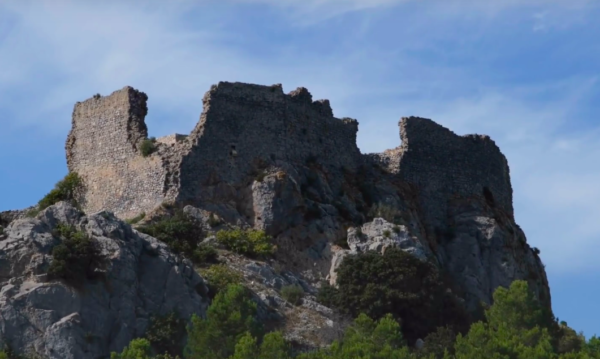
As soon as you go to 80mm, the zoom level is really impressive. You get this castle in close up.
In addition, the focal length of 16 mm is really important in landscape. Compared to a focal length of 18 mm, you will get way more details in your photo.
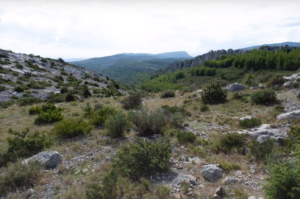
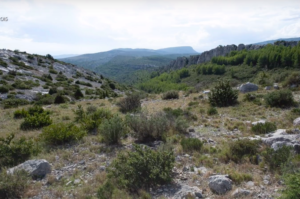
It is clear that at 18 mm, the rocks have completely disappeared.
Optical performance review
Overall, the sharpness is good, but it varies depending on the focal ranges.
For example, at 16mm – landscape position – you will always have the edges of your image that will be a bit soft, way softer than the center. This phenomenon is mainly due to the distortion, very present at 16 mm (It is auto corrected – You won’t see it !!).
To remedy this, your camera will correct this distortion, but it will damage the sharpness on the edges. Know that this distortion does not improve gradually: it is the same at f / 11. Corner/Border won’t be sharp at any aperture.
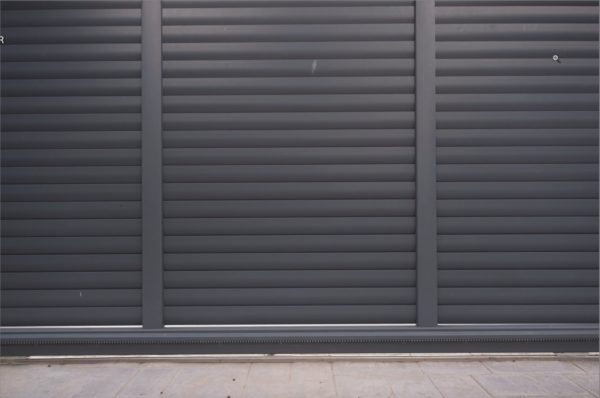
Best aperture for sharpness is f / 5.6 @16mm. This is really the ideal aperture for high quality landscape shots in the center.
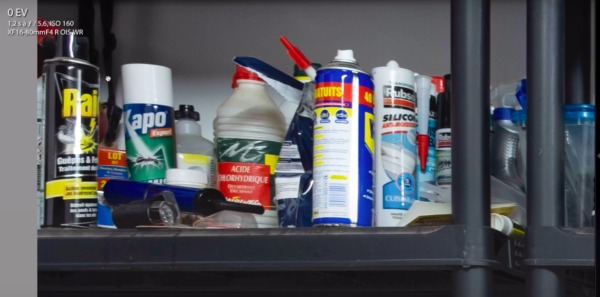
From f / 8 to f / 16, it becomes more soft. For me, the photos are almost unusable at f / 11, and at f / 16, it’s really not good, way too soft
Best focal range of this lens is between 23 mm and 55 mm. High quality sharpness from the big aperture to f / 4, and always getting better by f / 5.6 and f / 8.
When you are 80 mm, the sharpness is slightly behind, but it is still very good. However, it is not exceptional as it can be between 23 mm and 55 mm.
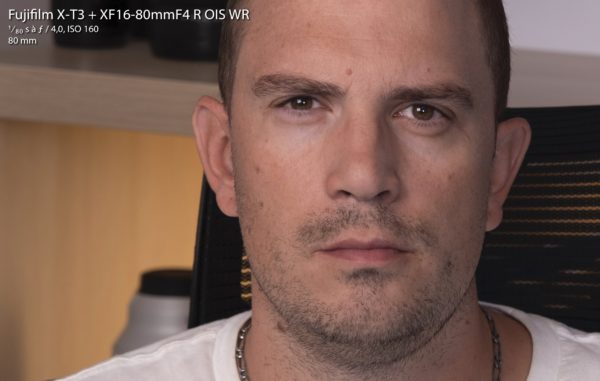
An excellent bokeh for portrait
Wondering what level of bokeh you can get at 80mm ? It all depends on your background! Remember that bokeh also depends on the distance between the camera and the subject you are shooting.
As soon as you get a little closer to your subject, you will hardly notice anything on the background.
Here is two examples :
For example, we can see here that the tree is not yet very vague. On the other hand, the house, which is much farther away, is more creamy.

To get a nice bokeh, try to put your background much further.
Note that I find that you get at 80mm F4 the same kind of bokeh you would get at 55mm F2.8.
Quickly, against others lenses
Let’s see some example, all are 100% crop.
XF 18-55 2.8-4
XF16-80 perform similarly than XF18-55. Sharpness is the same.
XF18-135
XF16-80 is way better than XF18-135. Sharpness really better.
XF16-55 2.8
XF16-55 2.8 is better than XF16-80. Especially at 16mm, sharpness of XF16-55 is tack sharp from center to corner. Difference is significant.
Sony FE 24-105 F4 on A7 III
Just for fun, I compared my Sony FE25-105 with Fujifilm own 24-122mm 😀 And i find both very similar, FE24-105 is a (little) better but very similar result.
XF55-200
I also wanted to compare it with the XF 55-200 mm, Fujifilm’s standard zoom for those who want a telephoto lens.
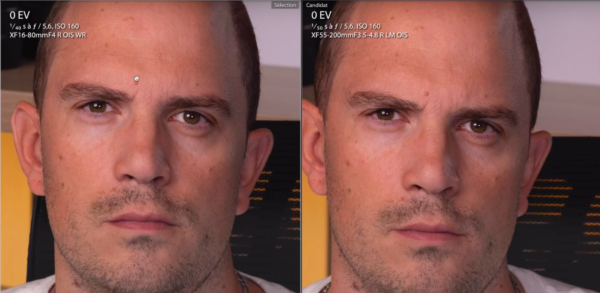
XF55-200 is a bit better.
1:4 Macro
With this new lens, Fujifilm is making a promise that goes even further: put a mini macro lens in your pocket!
Its reproduction ratio (which is the level of magnification) is 1/4. Usually, standard lenses are around 1 / 10th. For such a versatile goal, it’s really a good ratio.
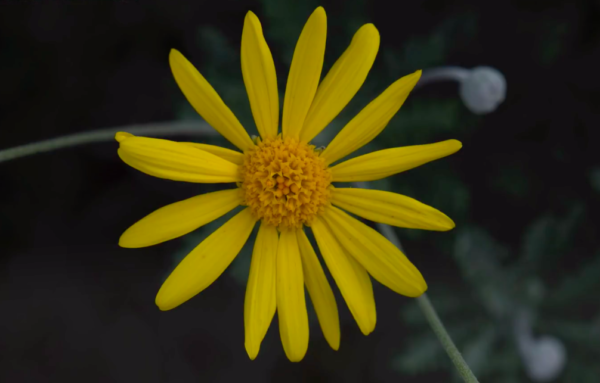
With this little flower of about 4 cm, the bokeh is impressive and there is a lot of details at f / 8.
For me, the promise is held: you have your macro lens in your pocket! Obviously, if you want to photograph an ant, you will have more trouble to have it big. But you will be able to please you on the big insects and the flowers.
The best stabilization available at Fujifilm
Fujifilm wanted to include one of the best stabilization of the market, 6 stops. Since it’s a travel lens, fuji wants to help you to get rid of tripod and still be able to play with long shutter speed.
This stabilization is often very useful. For example, if you are in a church, you can stay at very low ISO thanks to OIS. You will get a much, much cleaner image than you would with a 2.8 without stablization.
For video, this stabilization is also very practical, especially for VLOG: even if you hold the lens in hand, everything is steady!
I was really impressed by this lens. I got 80% clean sharp images at 1/2sec @80mm. Impressive result. Stablization seems to work great.
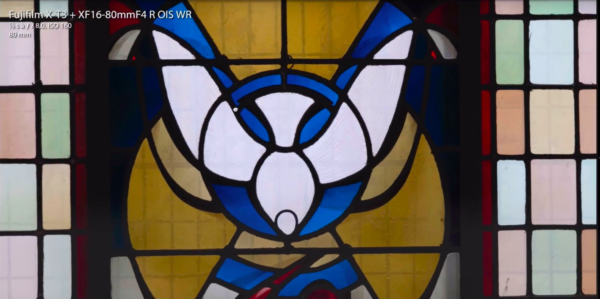
6 stop stabilization achieved.
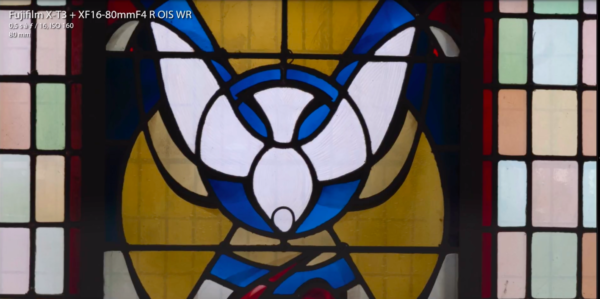
However, I try with X-H1 and find the stabilization not as good as with the X-T3. Very odd … Maybe IBIS and OIS are not yet in sync … It may be necessary to wait for an update to see changes.
SunStar
I tried to get sunstar and was very pleased with the result. You star to get a nice suntar from 5.6 and best at f/16.
Fast AF
Time to know if autofocus is great ! As usual, I asked my kids to run towards me full speed … X-T3 with max burst at 30 fps AF-C, boost mode. I can say autofocus is nice, very quick, very fast, precise, excellent. Very little numbers of out focus photos. For me, it’s on par with the best fujifilm lenses.
Great for photos & videos. You can do what you want with this kind of autofocus.
Fujifilm XF 16-80 f4 review: not much optical defects
During the test, I put this lens in all possible problematic conditions. The result is very positive: it works perfectly!
Yet, with such a versatile lens, we could expect many chromatic aberrations and flare. But with the Fujifilm XF 16-80, this is not the case. You can possibly have some flare/chromatic abberation in the worst conditions, but it’s very rare!
Conclusion
For me, this lens is a real success!
Fuji managed to deliver a lot in a compact and above all, lightweight lens. If you are looking for a photo lens that can respond whatever the situation, it will be it. Stabilized like no other lens, macro, all-weather construction, 450gr only, autofocus among the best, few optical defects, the performance is excellent.
On the other hand, I would have liked a better sharpness on the edges at 16mm and there is a real gap with a pro photo lens like the XF 16-55.
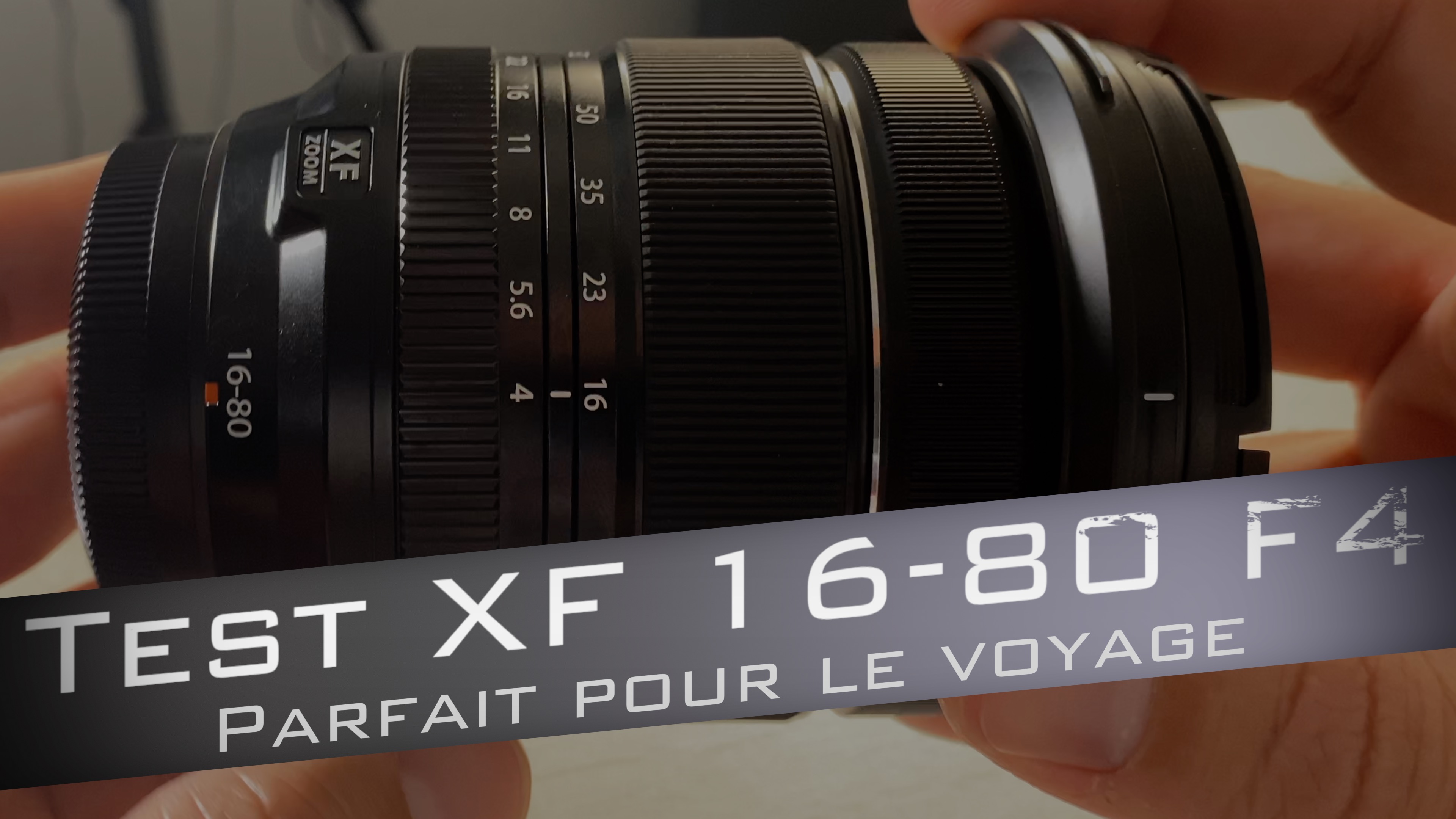
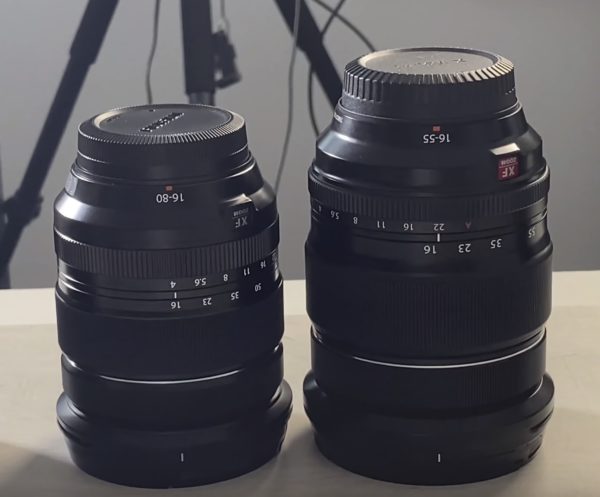
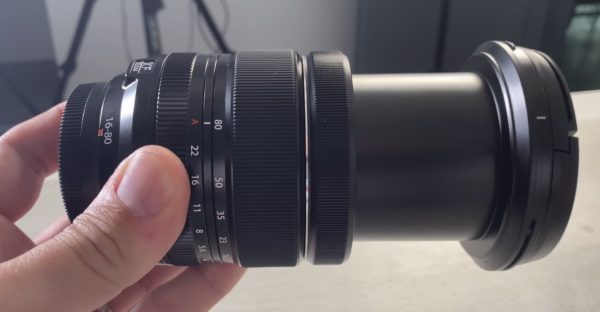
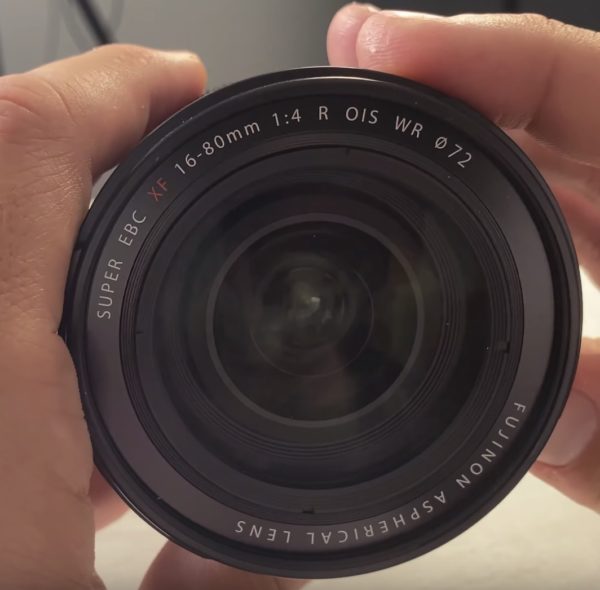
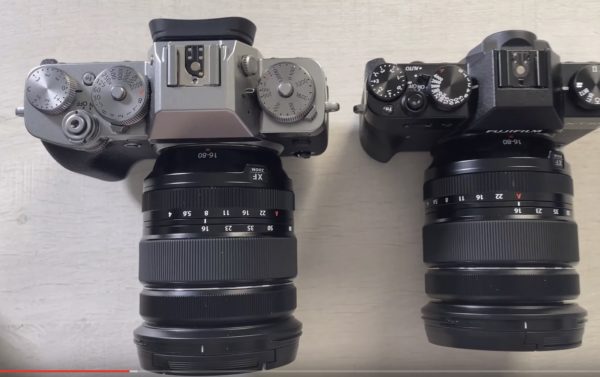
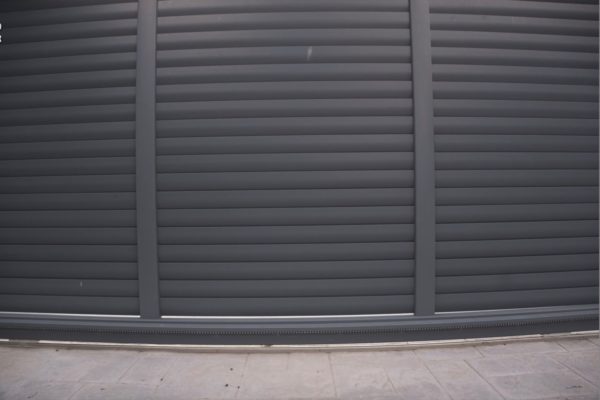

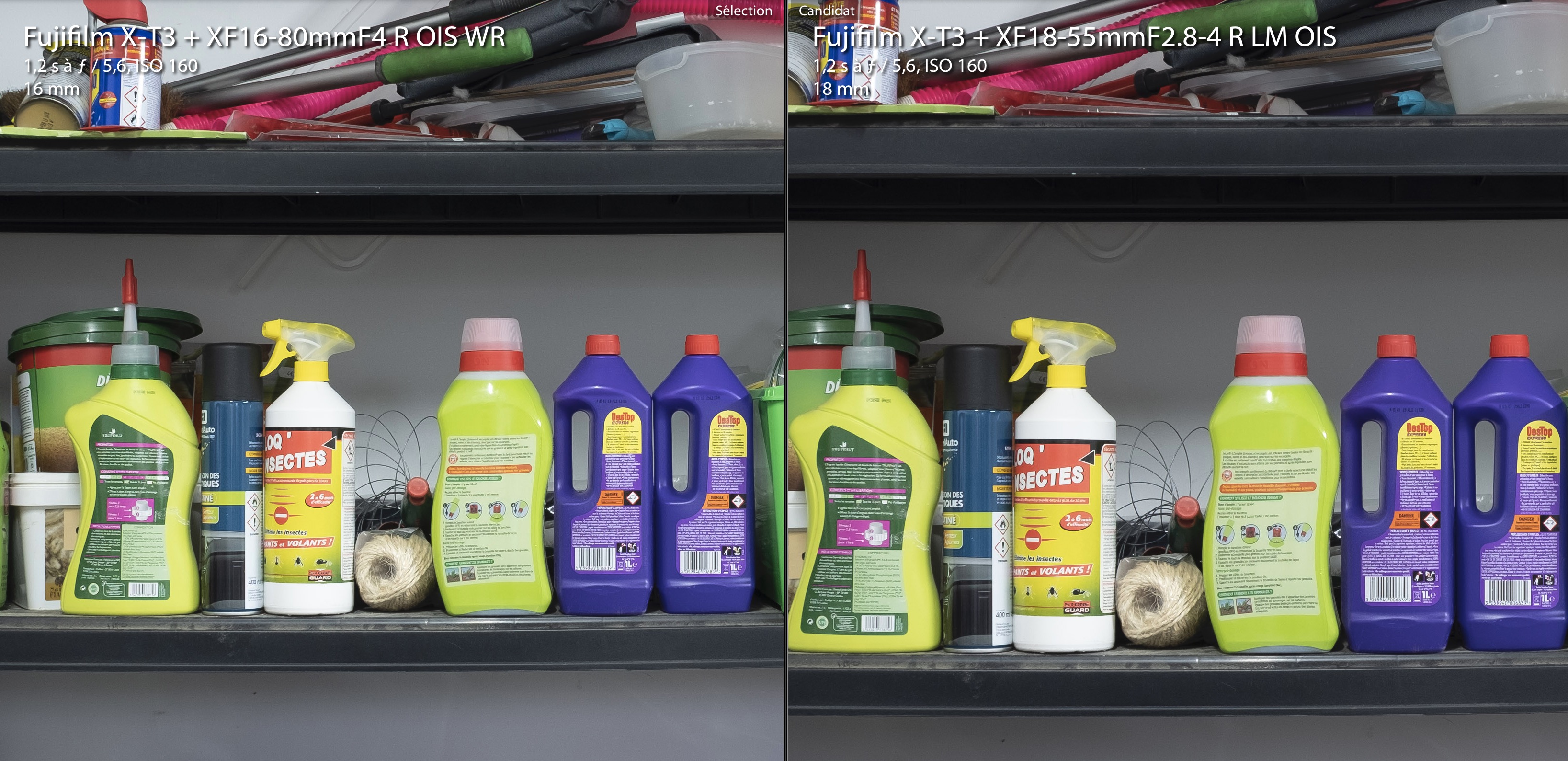
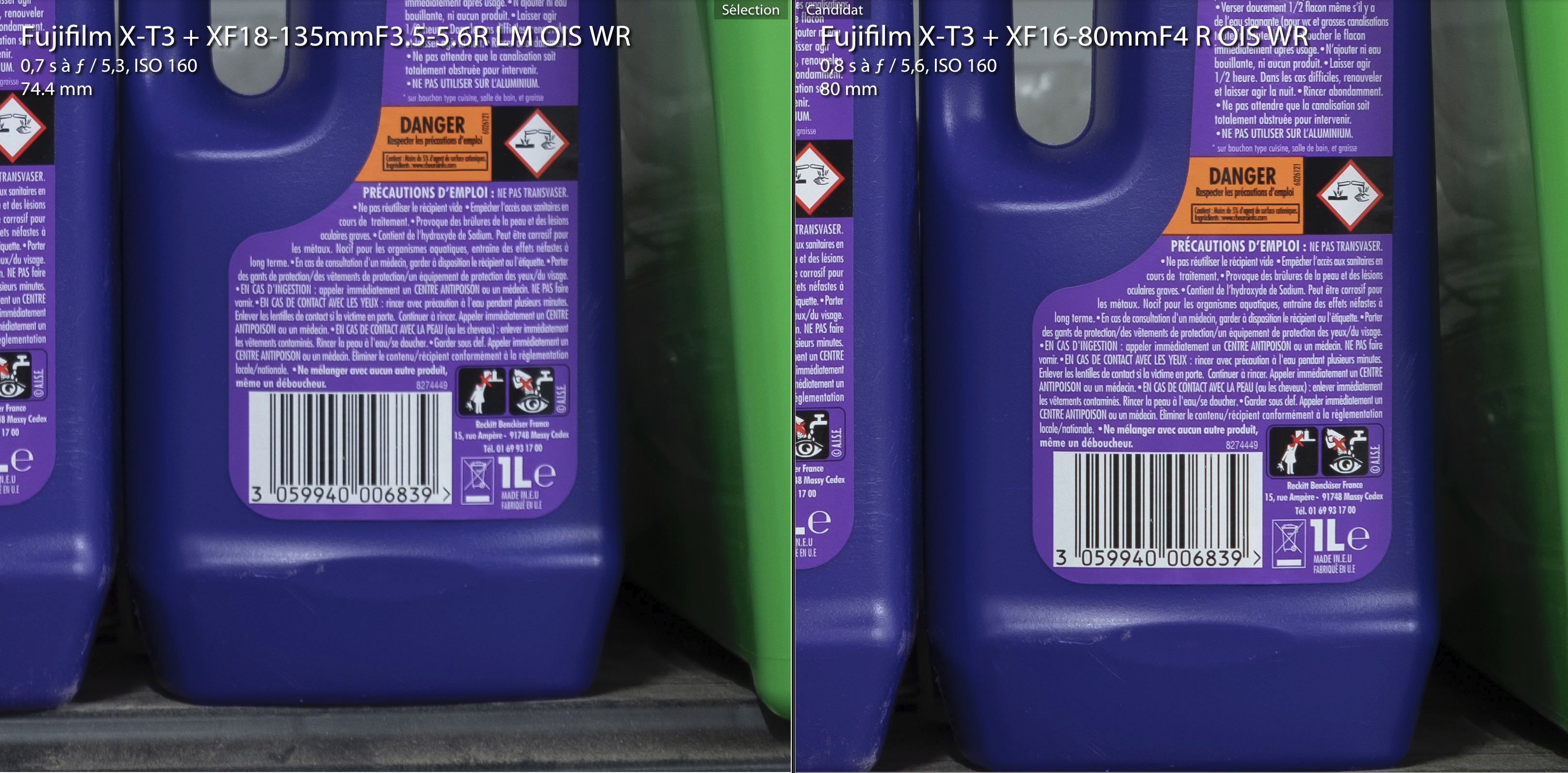
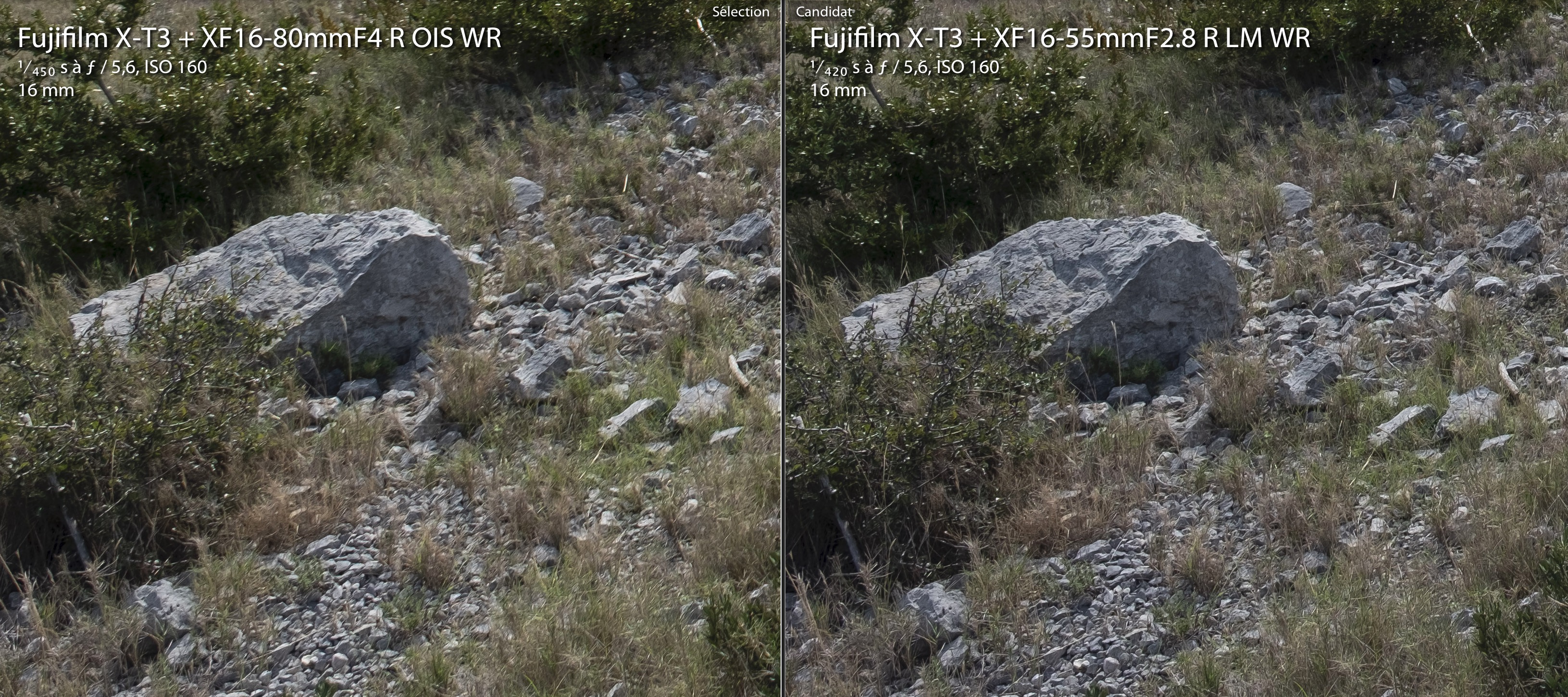
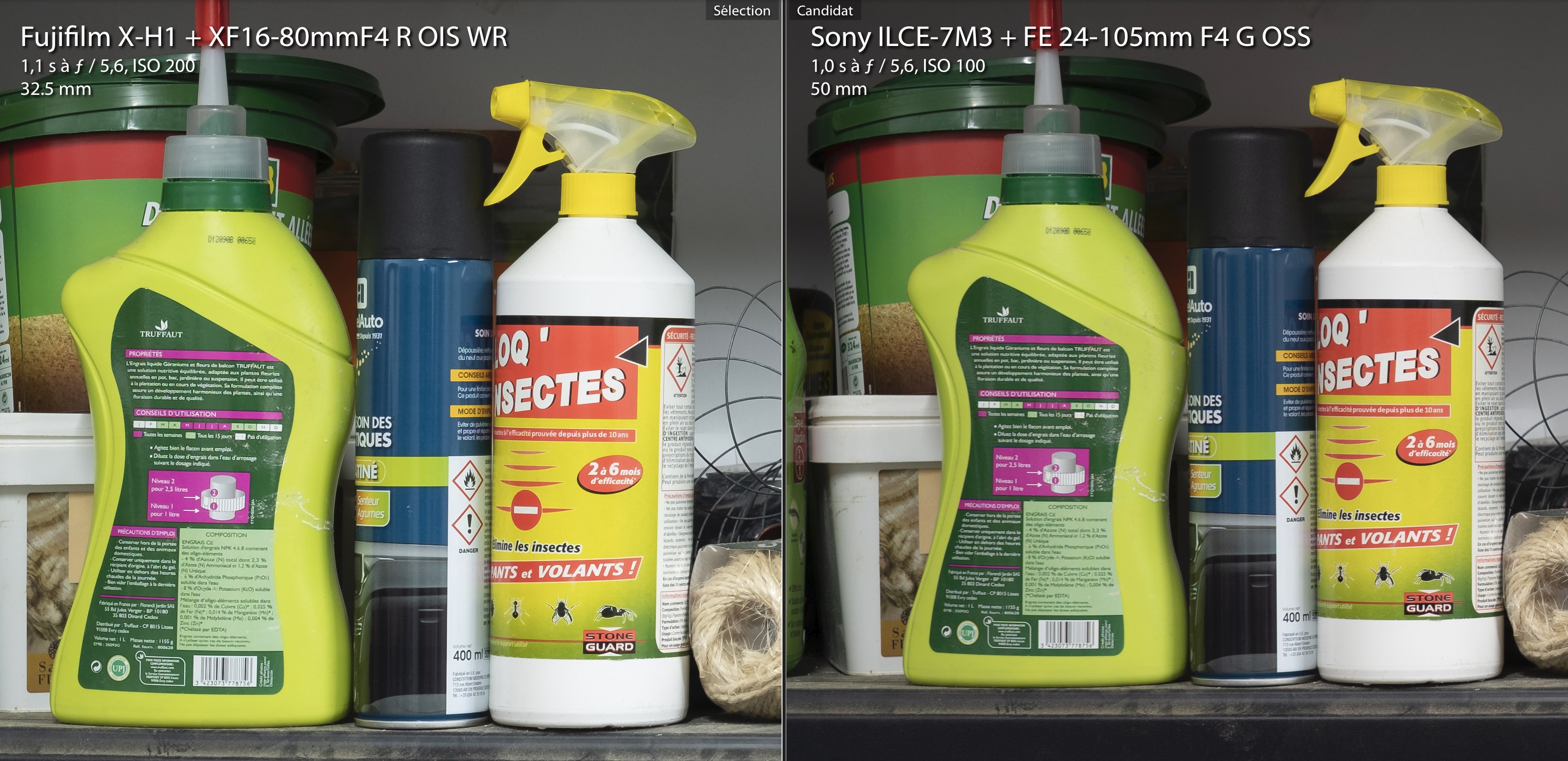
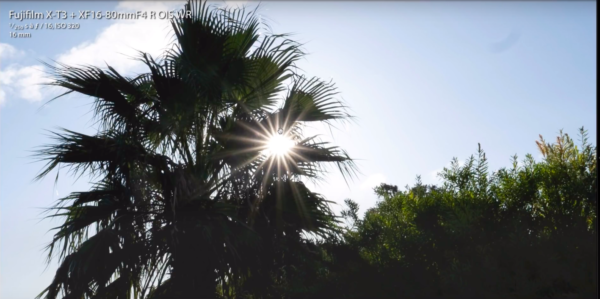
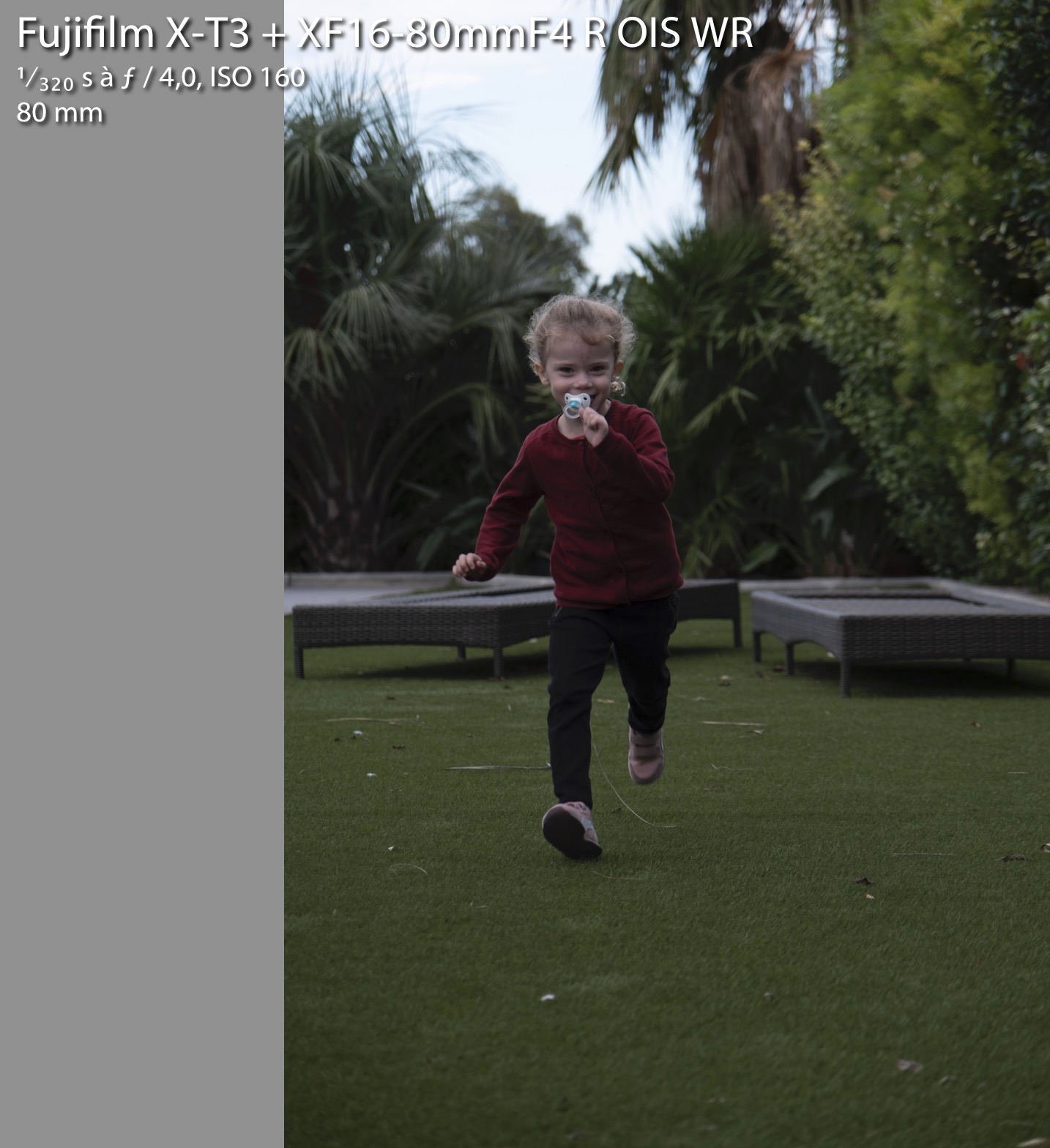
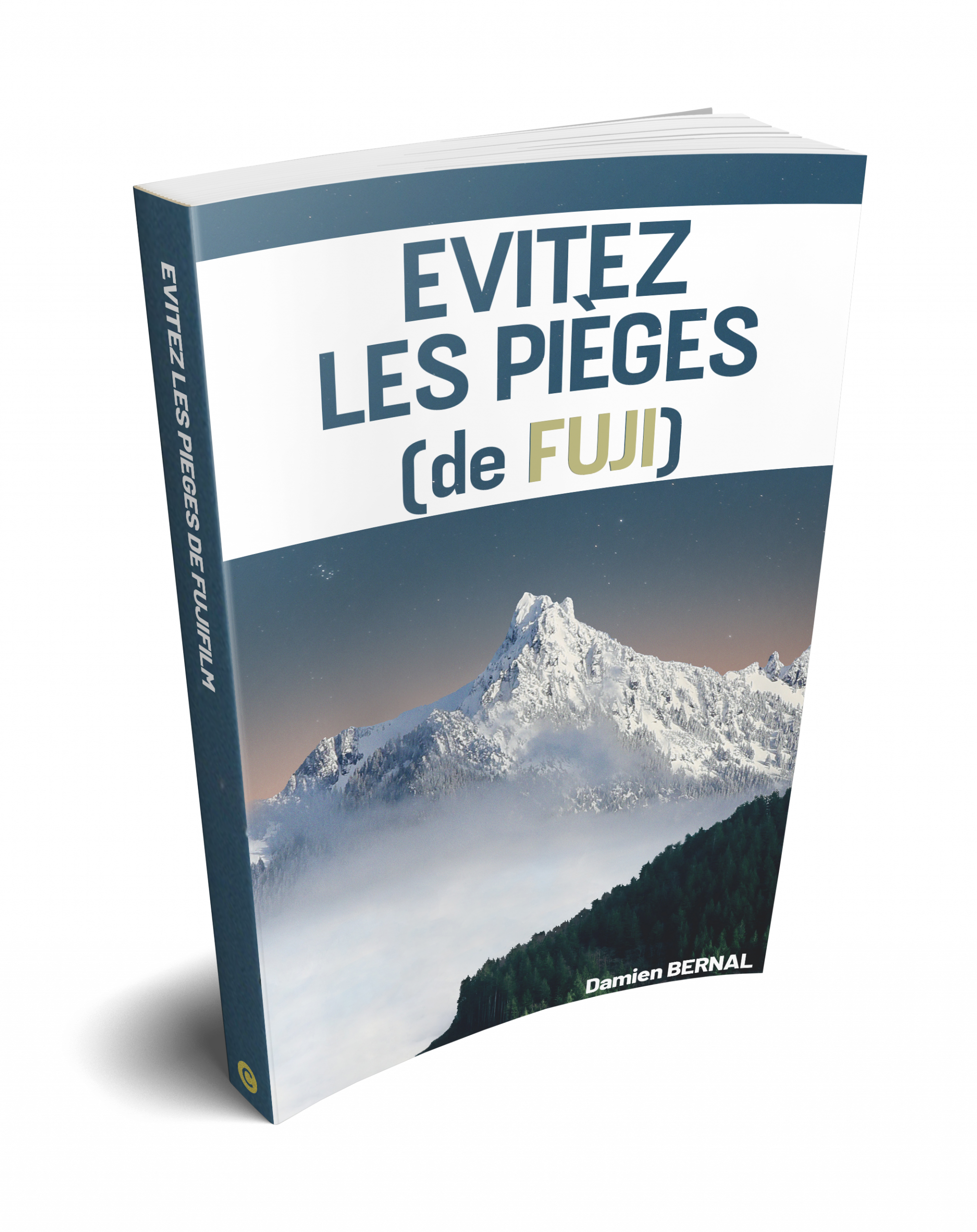

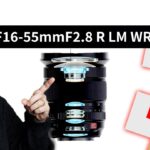

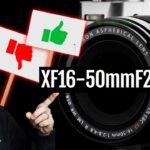

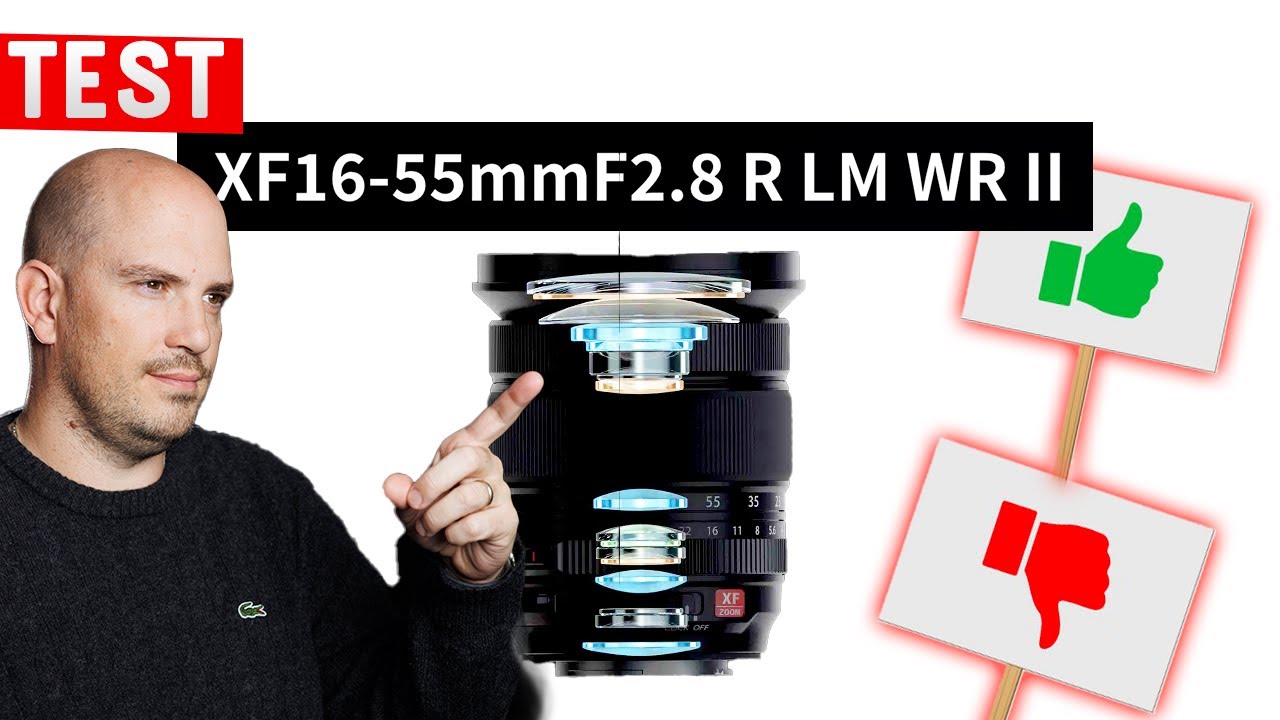
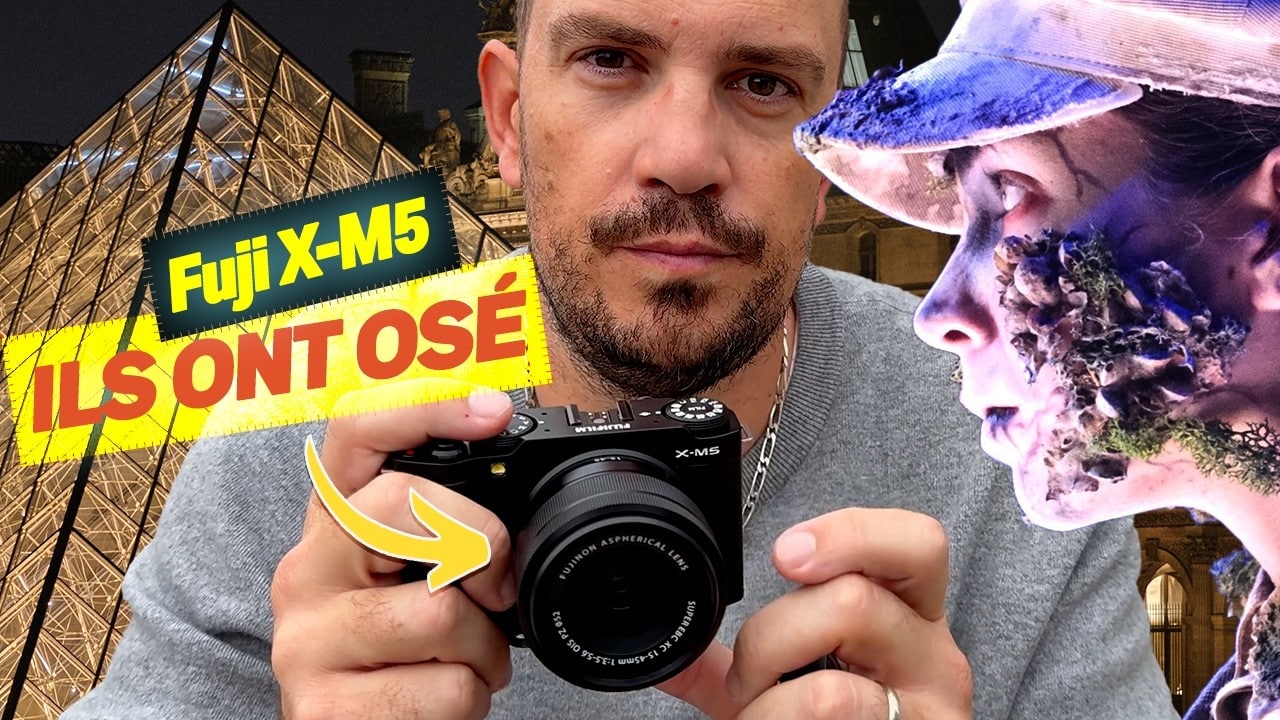
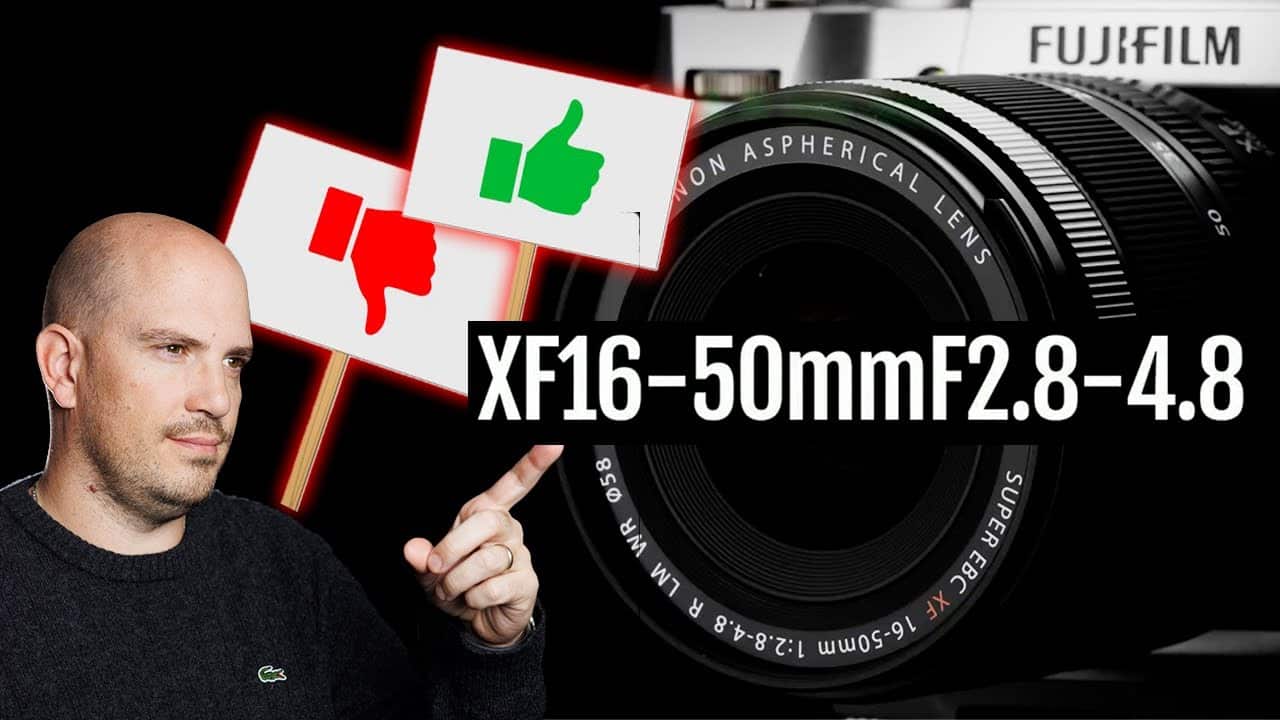


3 réponses
Super review, merci. Juste ce qu’il faut pour comprendre, et du bon sens pour la comparaison avec d’autres objectifs.
Juste un truc : beaucoup sur les forums se plaignent d’un flou avec obturateur mécanique entre 1/100s et 1/200s alors que tout va bien avec l’obturateur électronique (qui a ses inconvénients). Ca semble être un shutter shock qui pourrait faire vibrer la partie mobile dédiée à l’OIS, peut-être plus légère sur ce modèle. Est-ce que tu as testé ça ?
Many thanks for a balanced review answering the main questions I had about this lens
Thank you Damien for your objective review. All other reviews I have read have been effusive but one contradicted itself with good test comparison photos at F4 that showed, as you pointed out, that there is significant loss of edge sharpness at 16mm and 80mm and it extends 40% of the way to the centre. Even at 23mm it only improved half way to the very sharp mid-focal lengths. I hoped that smaller apertures would avoid the problem but thank you for making it clear that they do not.
I was excited by the prospect of carrying a single lens when I do not need small depth of field but I do not want to sacrifice quality so will continue to carry my excellent 16mm f/1.4, 35mm f/2 and 50-140mm f/2.8.